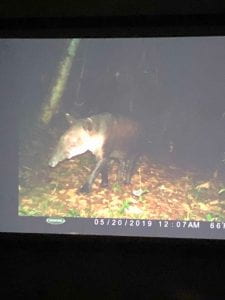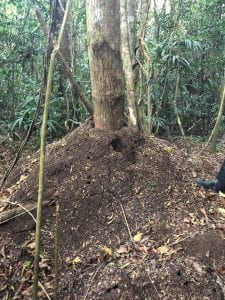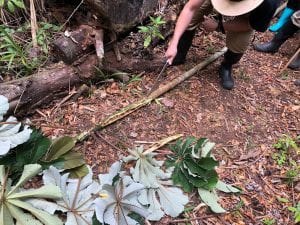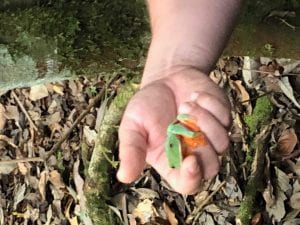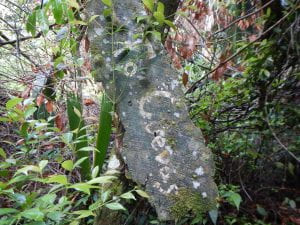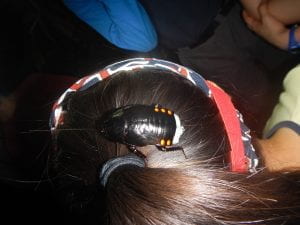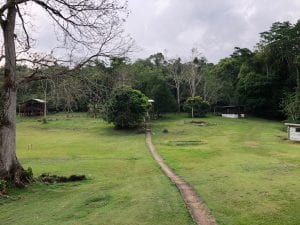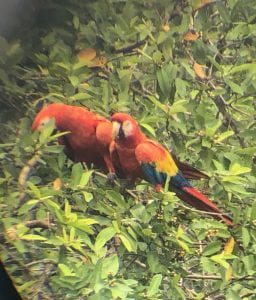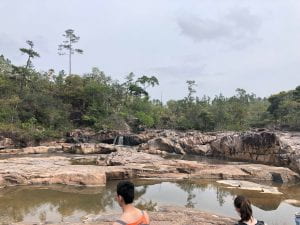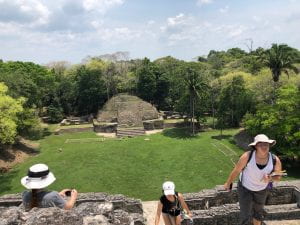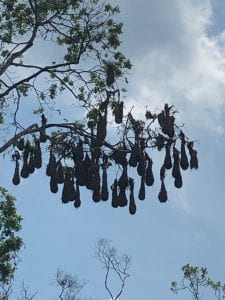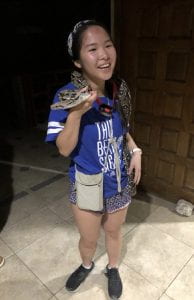We started the day off by saying goodbye to Las Cuevas and its amazing staff. They were incredibly kind the entire time we were there and I’ll definitely miss it. After that, a day of amazing adventure and sightseeing ensued and it all began at the A.T.M. Cave.
My group was led by a guide named Edward, and he explained to us not only the cave’s cultural importance to the Maya but the background and scientific findings behind each Mayan artifact we encountered inside the cave as well. A river runs out of the cave’s entrance, so the only way in is to swim through fairly deep water until coming upon a shallower area. From there and while still knee deep in water, we made our way over slippery rocks, through narrow corridors, and over rock walls in order to venture further into the cave. We saw incredible rock formations as well as Mayan pots, altars, and even a full skeleton! (ooooooh..awwwwwwh)

After we left the cave we made our way to the Tropical Education Center where we’ll spend the night, and in comparison to Las Cuevas, it feels like a 5-star hotel. It even has 24/7 electricity! Tonight, we were able to take a tour of the Belize Zoo, which houses rescued animals native to Belize. The tour started off strong as we got to hold a Boa Constrictor, and we then went on to see some of the rainforest’s most iconic animals. These included a Tapir (which honestly is one of the weirdest animals I’ve ever seen) and even a Jaguar which could do somersaults (who knew)! We were also able to see a variety of owls (most of the other birds were asleep) such as the Mottled, Pygymy, Spectacled, and Barn owls! The Spectacled Owl was especially regal looking and its call sounded fantastic. We also saw a chachalaca on our drive to the A.T.M. Cave and it resembled a tinamou or a curassow. I will not be forgetting today for quite a long time.
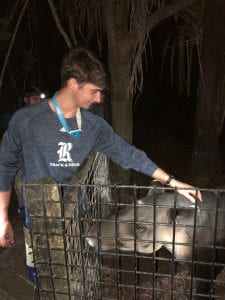
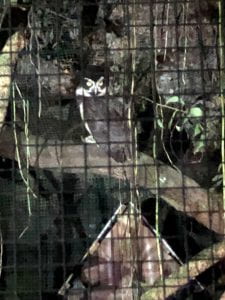
Tomorrow we are taking a boat to Glover’s Reef where we’ll spend the remainder of our trip. Although we won’t be having anymore Scarlet Macaw sightings, I can’t wait to finally hit the ocean and start looking for some echinoderms. Glover’s here we come!

